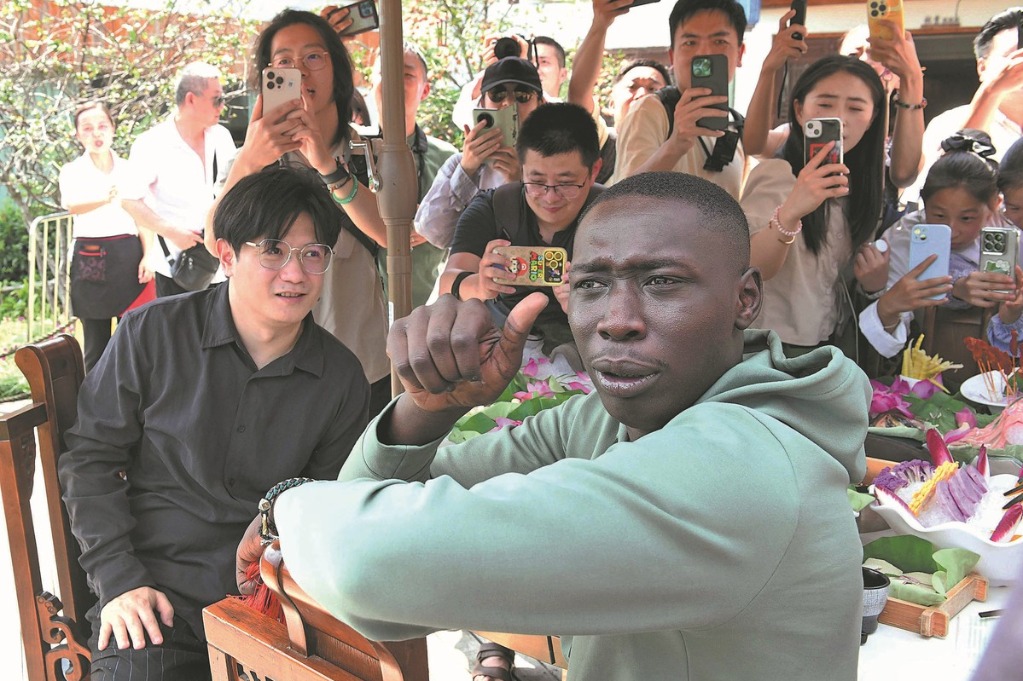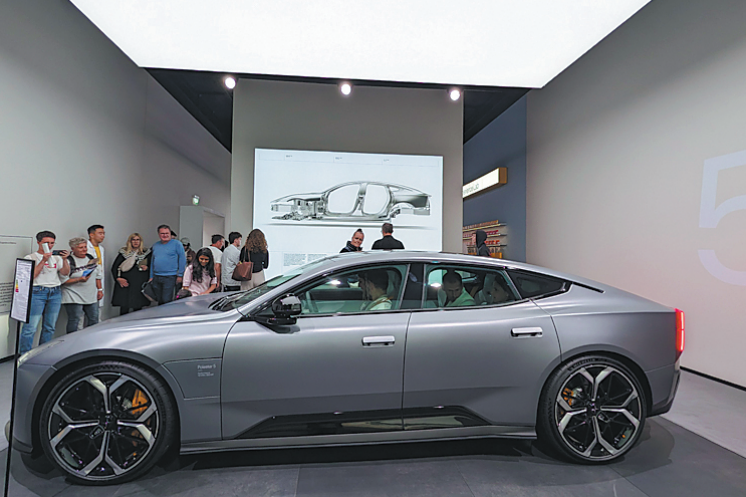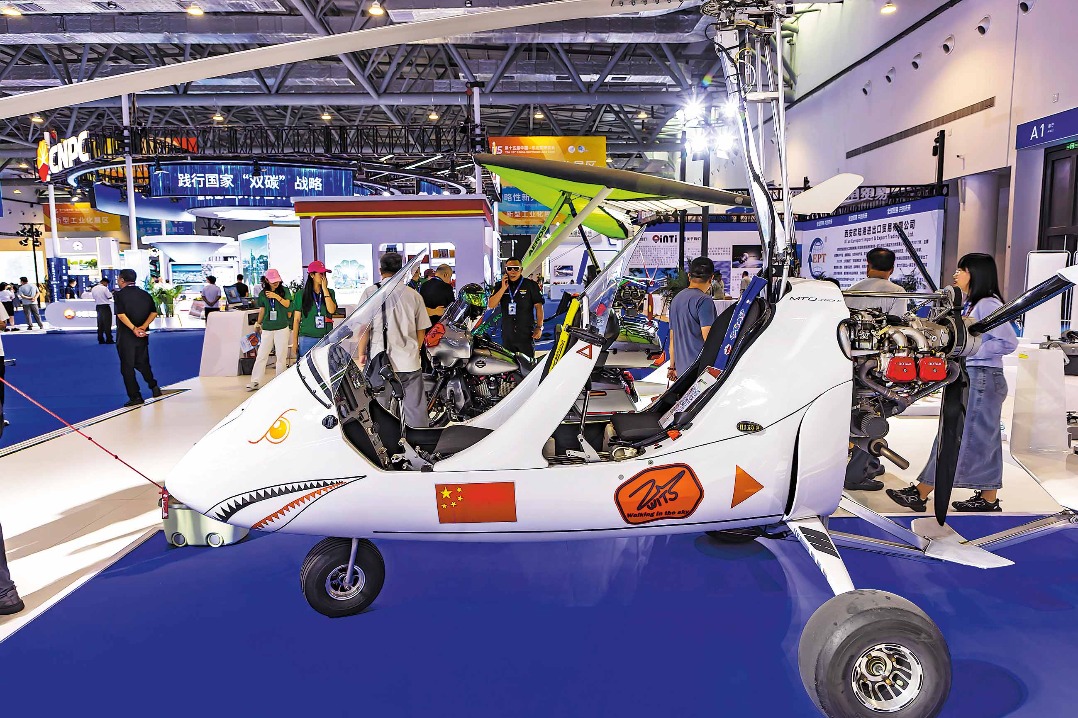Wonderful world of kids wearables
By Cheng Yu | China Daily | Updated: 2020-06-01 09:06

For instance, Xiaoxun, a Xiaomi Corp subsidiary specializing in products that complete the Xiaomi tech ecosystem, recently launched its upgraded Y1 kids smart watch at 899 yuan apiece. It enables teachers to offer video classes and helps students to study using the gadget.
In China alone, more than 400 companies, including tech giants such as Huawei Technologies, Xiaomi, Sogou and Qihoo 360, have ventured into the sector.
Huawei has unveiled smart watches for fashion or sports purposes and hopes to grab a firm foothold in the market. Dongguan-based Imoo, another leading brand and also one of the earliest vendors in the field, is proud of its Xiaotiancai smart watch, whose sales volume hit 1.5 million units in a quarter last year. By comparison, up to 2 million Apple watches were shipped in China during the same period.
Besides Chinese firms, foreign companies and telecom service providers are eyeing what is now perceived as a potentially lucrative market: kids smart gadgets.
US tech giant Qualcomm, which mainly creates and offers technology used in cellphones and computers, announced its Qualcomm Snapdragon Wear 2500 platform designed specifically for the manufacturers of kids smart watches.
Its chipset comes with artificial intelligence-enabled voice assistant and includes the latest near field communications gear so children could make school purchases by credit card without carrying a wallet.
Anthony Murray, Qualcomm's senior vice-president and general manager of its voice, music and wearables business, said in a note: "If you look at the targeted kid watch and tracker segment, the growth in these designed-for-kids but highly capable devices is very exciting, and customers are seeing widespread global demand."
Agreed Satyajit Sinha, an analyst with Counterpoint. "There are significant net additions by operators like China Mobile, Vodafone, Verizon, AIS Thailand and Maxis in Malaysia. All have added kids smart watches to their portfolios to boost new connections and additional revenue streams."
Some industry insiders also believe that bright prospects for the kids smart watch segment may well drive sales in the rest of smart wearable segments. Popular smart wearables include fancy voice-activated wireless earbuds and watches that can access smartphone apps, make calls and monitor heart rates.
China's wearables market registered shipment of 99.2 million units last year, up more than 37 percent year-on-year, according to market consultancy IDC.
However, the smart gadget market faces numerous problems and challenges. Some parents and teachers complain that the increasing number of functions of smart watches may distract children from their studies. Others worry about information security and data privacy.
Qi from Counterpoint said a few countries in Europe have been scrutinizing kids smart watches that have tracking features like GPS, following security concerns.
"It's especially the case in the new GDPR environment. So, robust security and user experience will be key to success in this segment," Qi said.
GDPR refers to General Data Protection Regulations, a protocol that requires businesses to protect personal data of European Union citizens for transactions that occur within the EU member states.
























